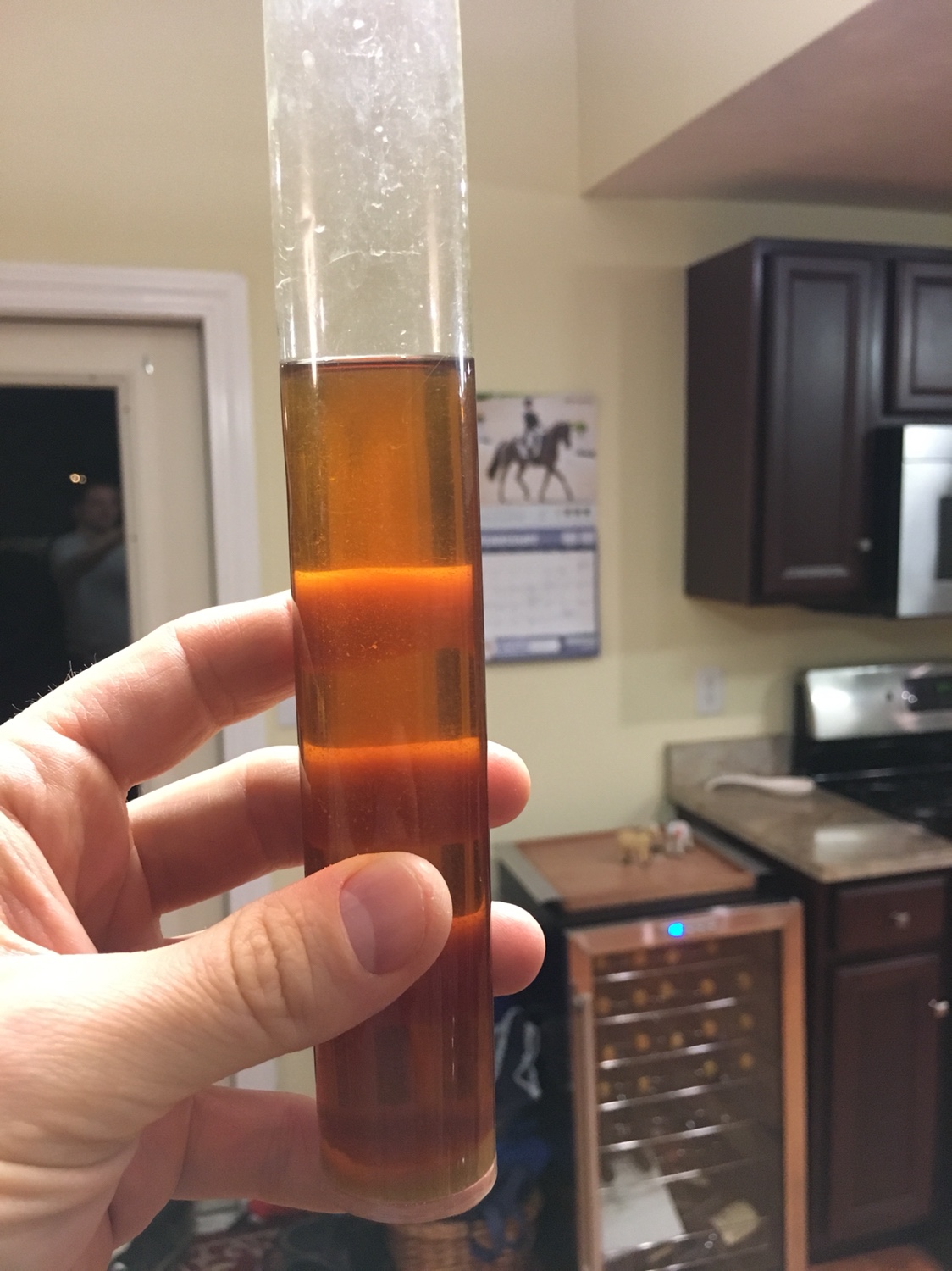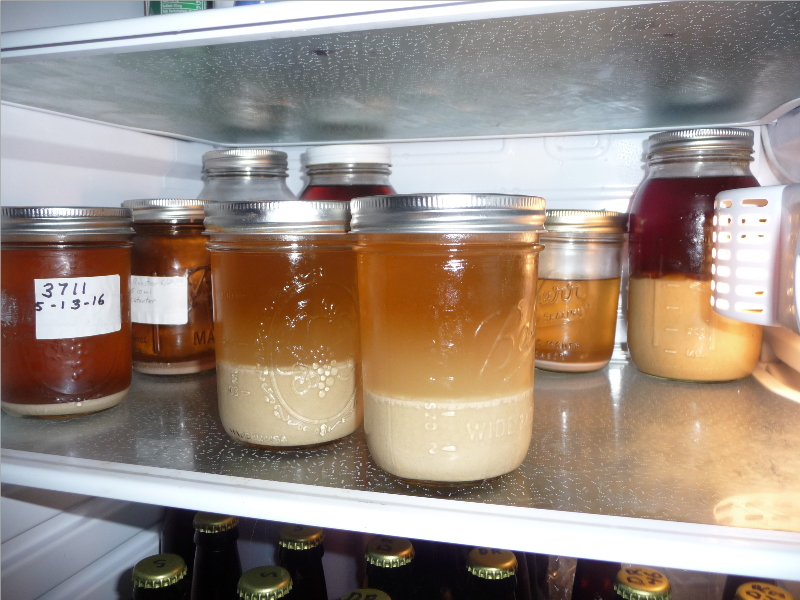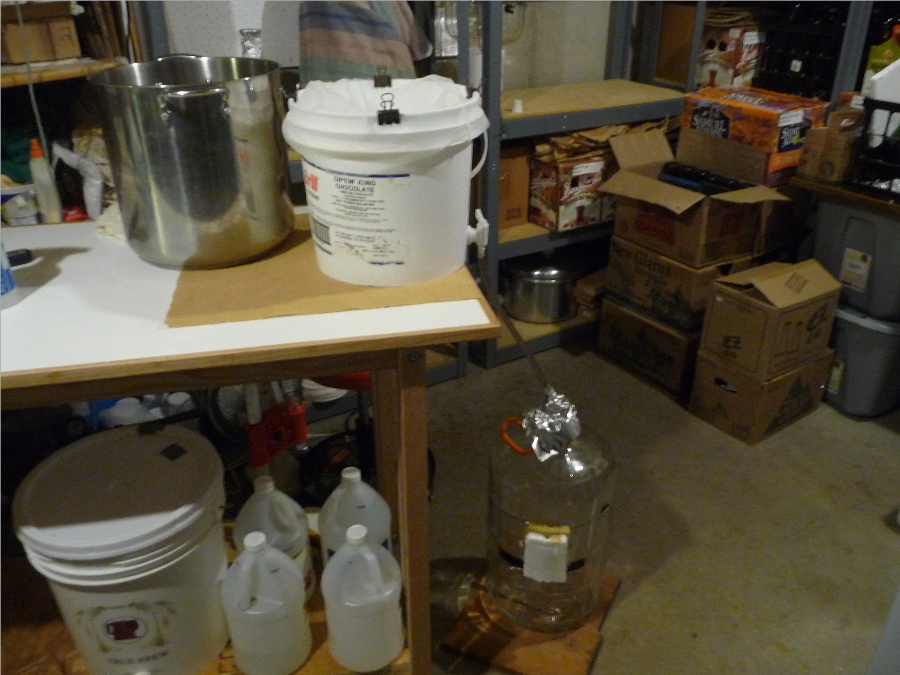Sprint10
I'm 14 and I make beer and wine
I've recently watched a video about washing yeast and it has me wondering.... How long does the washed yeast last? What are the advantages and disadvantages? And is it worth the time? Any thoughts? Thanks in advance.....





![Craft A Brew - Safale S-04 Dry Yeast - Fermentis - English Ale Dry Yeast - For English and American Ales and Hard Apple Ciders - Ingredients for Home Brewing - Beer Making Supplies - [1 Pack]](https://m.media-amazon.com/images/I/41fVGNh6JfL._SL500_.jpg)
























































